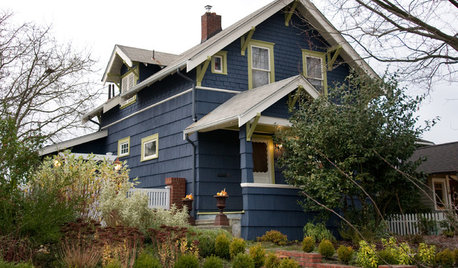I realise youre gonna hate this post. IÂm not in the mood to make a project of this post yet. If you can: What light and watts do I need. (for the germination &/or the duration)
Will they fruit, will they stay alive.
In Toronto, I want to grow hot peppers, beginning from seed, in pots year round, indoors and out. I want to try maybe six different varieties from seeds my first time, taste them, after I develop a "suicide wing sauce", keep 1, 2, or 3 plants going forever.
I do know I will need to control heat and light, in the right combination. I know I need light and heat indoors for the seeds to come up before the first frost date. Then if I want to keep the same plants alive indoors in the winter (or even possibly to finish their fruiting in the fall) IÂll need more light, but not necessarily more i.e. as long as heat is over 70°F.
I am thinking of using a light to add heat as well. I am thinking of a carboard box lined with tinfoil and the light fixture inside until transplant.
I am contemplating whether to start new seeds each spring -OR
I am contemplating whether to try to just get enough of a lighting unit to keep the plants alive during the winter(which I donÂt know requires any light), or to try to just get enough of a lighting unit to allow to them to fruit throughout the winter too, until outdoors again in the spring.
So I had a short phone Q&A and this is what I learned, or was told:
It is iffy whether or not a 2 x 20W fluorescent light (A dual 24") will be able to contribute to the heat reqÂd to help in initial germination. And 40W plant fluorescent is not enough power to do anything in the winter except keep a plant alive.
It was hinted that I possibly stick to 125W or more or a different quality of bulb. A T5: ring a bell?
What is the ballast? Do some not have a ballast? Do I need a ballast? Is the ballast the thing that is gonna give me the heat? One link states "Solid state electronic ballasts (no copper windings) do not emit heat, noise or vibration."
What the heck is a ballast. I have seen a 24" plant and aquarium bulb and "fixture" 33W single bulb for cheap  like Because of the small number of seeds I need to germinate I am not particularly "interested" in spending excessively on lights and for that matter pads to germinate that I donÂt need. However, I may want to keep these plants going. Is there a fine line between . I do not know specifics about how much, or in what combination I need heat and light. Money is a key consideration, until I realise I need to spend it. I can, butÂ






bentley_onOriginal Author
shrubs_n_bulbs
Related Discussions
Seeds starting to germinate - What next?
Q
SASBE- - first fifteen, heirloom maters, hot peppers,
Q
Tepin Hot Pepper
Q
The 2012 Magic begins.....questions on germination...
Q
bentley_onOriginal Author
bentley_onOriginal Author
bentley_onOriginal Author
jkirk3279
bentley_onOriginal Author
jkirk3279
shrubs_n_bulbs
jkirk3279
bentley_onOriginal Author
jkirk3279